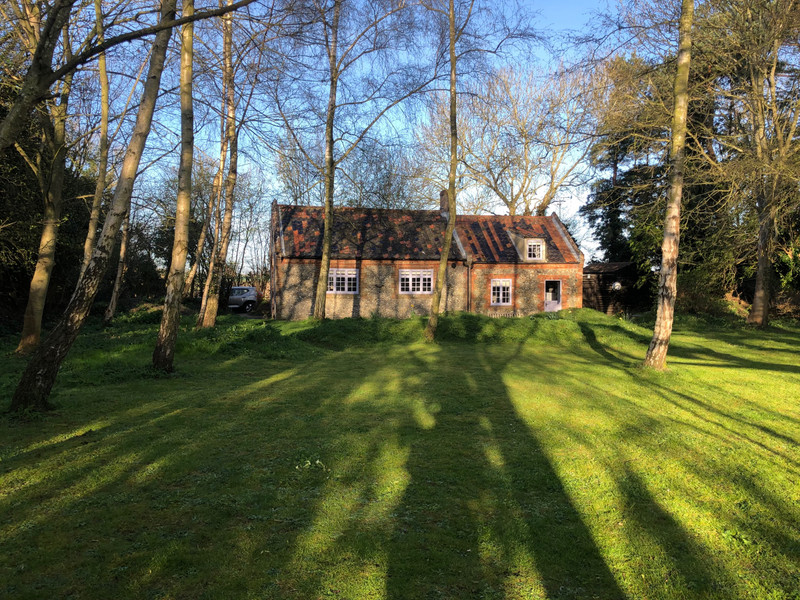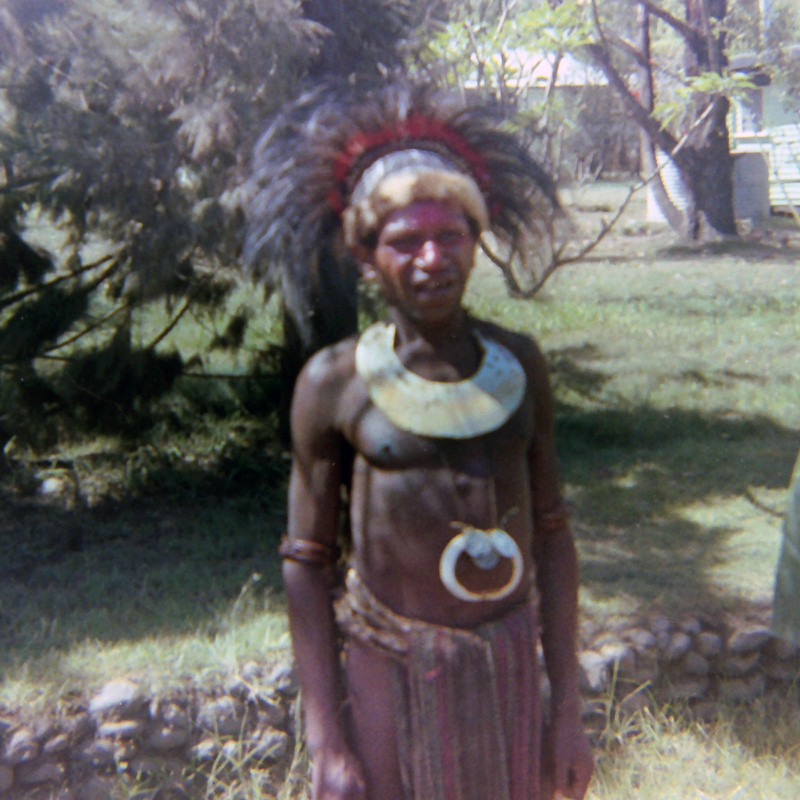Its been 9 months since our last blog and although we have travelled a few places in the UK I didnt write up any new blogs but hopefully we will be able to travel a little bit more now having had to cancel a number of trips for various reasons.
Its was good to be on the road again and have a change of scene and we have been blessed with beautiful blue skies and some warm sunshine on our first three days in North Norfolk. We have also worn coats, gloves, scarves and hats but had to apply ample sunscreen as well. When the sun shines its hot but when the wind blows it is very very cold - which is not surprising really with this northern coastline living up to its reputation – wild and windy . but no rain yet ?.
Paul was born in Norwich, Norfolk but left when we was six years old but still remembers holidays with his parents and brother on this coast, foraging for cockles on the seashore. The beautiful and unspoilt north Norfolk coastline forms
part of one of the largest coastal nature reserves in England and Wales, designated as an ‘Area of Outstanding Natural Beauty. With so many nature reserves to choose from you are spoilt for choose and it is an interesting area of international importance and famous for the rare and unusual birds it attracts. A haven for both the enthusiastic or birdwatcher, whatever month of the year.
We visited several reserves on our first days, Paul looking to do some long hikes along the Norfolk coastal path and me hoping he would stop so that I could spot and photograph some new birds. ?
Titchwell (RSPB) - We visited this reserve on our way to Saxlingham, near Holt where we would be spending a week in a holiday cottage. A habitat of reed beds, with salt and freshwater marshes, tidal creeks and dunes the reserve attracts a variety of birds, including waders, dabbling duck, winter geese and grazing duck.
We saw so many different species (at least 15) as we walked along the coastal trail but as soon as we walked out on to the huge beach the cold really did chill - right down to our bones
Heading back to the car to warm up we continued our journey along some very narrow country lanes before at last finding our holiday home, although we nearly ended up in a different home altogether!
Our directions said that when the Satnav and the road ended to just ‘keep going along a dirt track and to look for some grey gates and we thought we had found them. Opening the gates we were in a huge garden bordering a very large house but we could not locate where the details said we would find the keys - oh dear we realised this was not our rental. Quickly exiting the gates we continuing along the track for quite a while when we did eventually find some more grey gates and this time it was the correct house .
a converted and judging from the inscription above the original entrance it was built in 1855 of flint and brick and served as a school for the local agriculture workers children. Left derelict for many years it has been turned into a cosy holiday cottage. With an extensive garden and surrounded by fields it was peaceful and quiet and the was very tastefully furnished and had everything we needed.
When it was a the lord of the manor and chief landowner in Saxlingham had 16 fields so you can imagine the size his workforce without todays modern machinery. In the 1861 census the population of the village was 156 with 32 children although it is possible that not all these attended the school. The majority of the children named were the sons and daughters of the agricultural labourers most of the householders in Victorian Saxlingham. A couple of the boys mentioned aged 8 and 11 were listed as ‘ag lad so they probably did not attend school full time but worked in the fields.
- one such rule was ‘to behave respectfully to the mistresses, managers and visitors and to be ‘lowly and reverent to all their betters, both in the school and whenever they meet them elsewhere.









